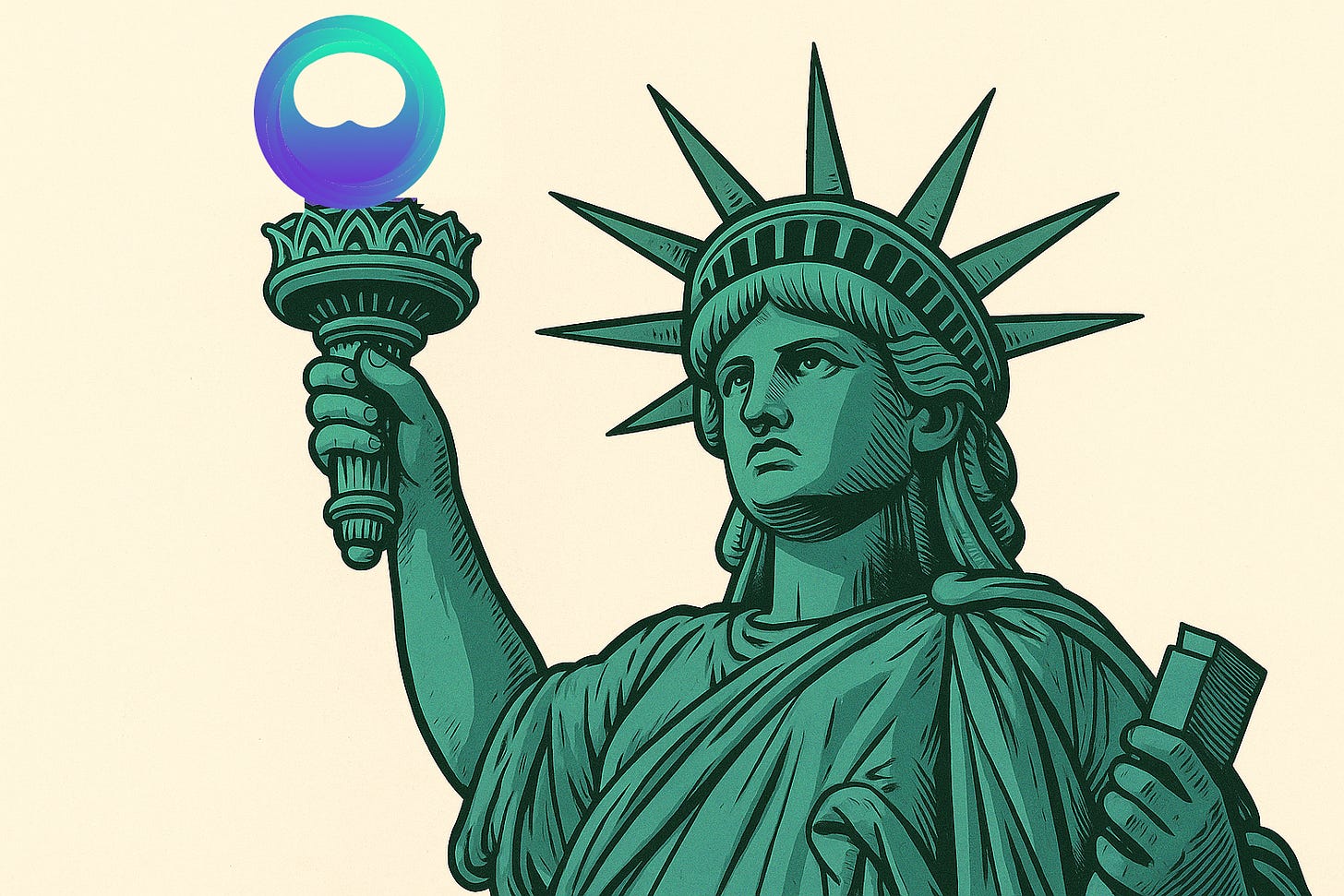I have 3000 LinkedIn Connections, but I'm sure none of them is like my Jijaji
 Shubhashish Sinha
Shubhashish SinhaHook: Bigger ≠ Better
You probably have gained 500+ connections, right?
But when you needed that warm intro last Wednesday… crickets
It’s not your fault, the social media platforms we use today reward collecting people and not connecting with them.
As a kid I believed “body banana matlab sirf bade bade biceps hona” (a good body means only having big biceps) and I think so did my Jijaji(cousin’s husband), as an I believed networking is having connections in LinkedIn, and my Jijaji was never familiar to the idea of networking. My myths got busted by the same didn’t happen with my Jijaji. Don’t be like him, work on your muscles and its flexibiity, Network Strategically. For networking, I am showing you why LinkedIn is dead…

It wasn’t very old since I encountered platforms like Clubhouse became famous for constructively helping in connecting with people. It got a human element but it could not maintained its carrying capacity and failed to keep the motto for what it was founded.
I was introduced to the idea of LinkedIn back in my high school, when I somehow got in touch with fellow high-schoolers preparing for Ivy leagues built their LinkedIn. Though due to the fact of not being rich enough and not being diverse enough I left the idea of going to an Ivy League. But the concept of LinkedIn stuck my mind for a while.
I connected with people and got in touch with some of them by a simple greet as an icebreaker to establish a connection. After a while I studied for JEE for sometime and left using LinkedIn. I got admitted to BITS Pilani and I never opened LinkedIn, as a matter of fact I did open it but got cringed out.
I realised the superficiality of relationships will not last long and a network can’t grow like that. 4 years down the line I started my startup in my pre-final year named Bondub.
I will explain you the pain of a student who is shy/lazy like me/studies in tier 2 or 3 college. I know this from the experience of my privilege that a good college gives you. You are taken seriously for some exam you cracked once in your life- that grows your SOCIAL CAPITAL.
Before moving on further, I will explain you what a Social Capital is,
the sum of actual and potential resources we can access through our relationships— resources that arise from trust, shared norms, and reciprocal obligations within a network.
For someone like me here is what ChatGPT explained it when I asked it to explain it like a five year old:
Social capital is like the power you get from having good friendships.
When you share, help, and are kind, your friendships become strong. Later, if you need help—like finding a lost toy—those friends are happy to help you back.
So, social capital is the helpful strength you build by being a good friend.

That is an example of Bonding Social Capital…
types of social capital:
Bonding Social Capital- These are the tight-knit ties you share with people who feel like homies. Think family, best friends, or anyone you turn to first for emotional support. They’ve known you for years, trust you deeply, and will lend you a hand (or a shoulder) without hesitation.

Two close friends forming a group and playfully teasing their third friend- Bonding Capital
Bridging Social Capital- These are the wider connections you build with people outside your immediate circle—classmates from a different major, colleagues in another department, or a fellow volunteer you just met. They expand your horizons, give you fresh ideas, and open doors to new information, jobs, or perspectives you wouldn’t find on your own.

A regular Prime Minister increasing his Bridging Social Capital
Linking Social Capital- These are the vertical ties you create with mentors, senior leaders, or institutions that hold more authority and resources than you do. When you foster these relationships, you gain access to guidance, influence, funding, and opportunities that can accelerate your goals far beyond your current reach.

A regular founder increasing his Linking Social Capital by meeting with the Legend Dolly Chaiwala
Here’s what I found for you after reading thousands of network-gone-quiet stories, what’s responsible
Cognitive limit- Dunbar’s Number
What is all this bull*it?
Well this isn’t.
Our neocrotex size limits our cognitive ability
British Anthropologist found in his studies our cap to maintain social stable relationships ~ 150 (Dunbar’s Number)
Which is true in my case, would request you to contemplate yours (don’t do if you have some personal assistant who manages yours relationships).
Attention algorithm
These platform delivers content, the more you watch the repititve it gets, the more you see same kind of short span videos. They push dopamine in you and what do they get- the answer is they do it as an NGO work, just kidding, obviously they get ad revenue
Passive networking
One of the worst book that my jiaji has been reading for the last 7 years is Rich Dad Poor Dad. I remember the book focuses on passive earning, I don’t know how somehow we replaced the word earning with networking. (for non-serious: My jijaji is a gym owner and has only built biceps in 17 years of his gym career and tried his hand in influencer marketing without focusing on building his social capital).
Is there any solution? Yes Bondub hai na! (There is Bondub)

What is Bondub?
Bondub isn’t a competition to LinkedIn(we are too small). It is a catalyst to existing networking app. It strategically helps you grow your social capital through daily bite-sized task recommendation based on your goal and vitalize your network.
How does Bondub work?
Without going into much detail, I will explain a user flow what three steps you would take:
Step 1: Bondub Audits Your Density
It pull up your contact list(bonds- with those you have formed a connection on Bondub) and based on your interaction with each of them gives a score of density. It then associates three-color scale:
Green — would gladly intro you within 24 hours.
Yellow — pleasant acquaintance, but no fast favors.
Red — can’t recall their last name’s spelling.
If your greens are <10 % of your total, you’ve diagnosed the mirage. Good. Awareness is step one.
Step 2: Then Bondub Reactivate Dormant Trust
Next, it asks you choose five yellow contacts and send each a micro-touch. It could be:
A quick voice note: “Saw this fintech article—thought you’d enjoy.”
A LinkedIn comment: “Congrats on the panel! Loved point #2 about API security.”
A meme that fits an inside joke from your last conversation.
Why five? Because it’s enough to create momentum without triggering burnout. Block 15 minutes every Friday; consistency outruns intensity.
Step 3: Become a Micro-Giver
The fastest route to trust? Offer value before you need value. Try one of these:
Share an open role at your company with someone searching.
Introduce two peers who’d clearly benefit from meeting.
Forward a webinar replay that solves a pain point you heard them mention.
Each act deposits “relational currency” into your trust bank. Stack these deposits and withdrawals (help requests) become frictionless.
Pro tip: Log what you share and when—so you can circle back. Bondub automates this with smart tags and reminders, but a simple spreadsheet works, too.
Call to Action
Ready for a deeper dive? Download the free “5×5 Quiet Networking Checklist.” It walks you through five weekly sprints of the three-step plan, complete with conversation starters and follow-up scripts.
▶ Get the Sheet here —and if you want Bondub to nudge you automatically, get early access.
Success-Paint the Payoff
Picture your network six months from now:
You open your phone on a Wednesday morning. A quick app ping reminds you that Ananya’s health-tech startup just secured seed funding—perfect time to congratulate her and offer a customer-intro lead you spotted yesterday. She replies within minutes, grateful.
That afternoon, a former colleague tags you in a Slack group: “Hey, I know you trust Shubhashish—they’re looking for a growth advisor and I think you fit.” By Friday you have a call booked. No cold outreach, no awkward begging—just a seamless flow of opportunities because you invested in trust first.
This is the quiet leverage effective professionals rely on. It’s compounding interest for relationships.
Failure-What’s at Stake
Now, the flip side. Ignore density, and here’s what happens:
Opportunities decay – Recruiters filter you out because nobody vouches for you.
Mental fatigue grows – Streams of random updates drown the handful of people who matter.
Anxiety spikes – Every outreach feels like high-stakes roulette because you haven’t built reciprocity in advance.
Six months later you’ll still boast “500+” on your profile—but when the crunch hits, you’ll realize you’re alone in the crowd.
So don’t be like my Jijaji
Networks are supposed to work like power grids: silent, reliable and always on. Yet most of us operate like novelty carnival lights-flashy when things are easy, dark when we need power.
Today’s plan flips that script. Audit density, revive dormant ties, and lead with micro-giving. Your 500+ mirage can become a true exclusive circle—starting right now, it can turn into your best investment.
P.S. Got a question about the 5×5 checklist? Drop it in the comments—I will reply to every one. Visit us with the button below and get early access.
Subscribe to my newsletter
Read articles from Shubhashish Sinha directly inside your inbox. Subscribe to the newsletter, and don't miss out.
Written by
